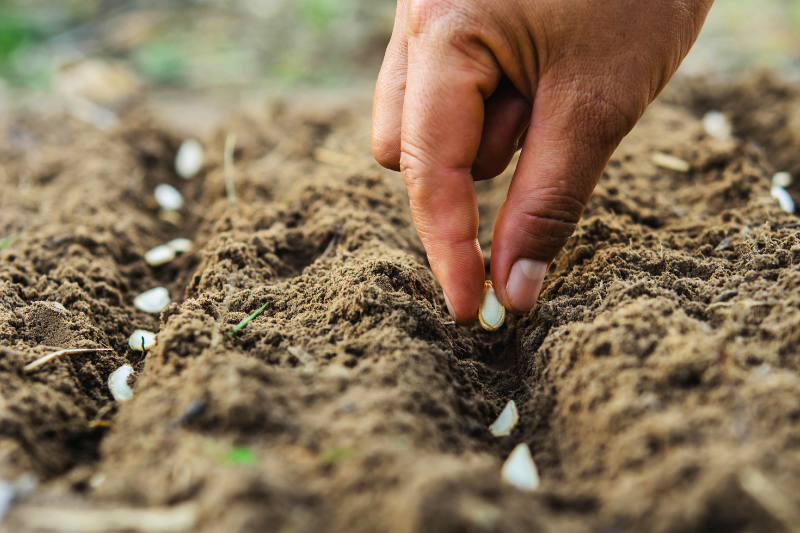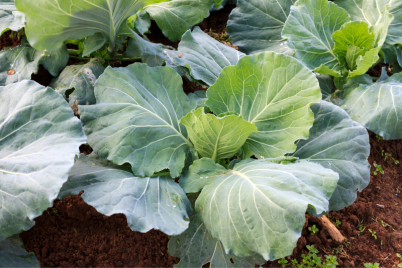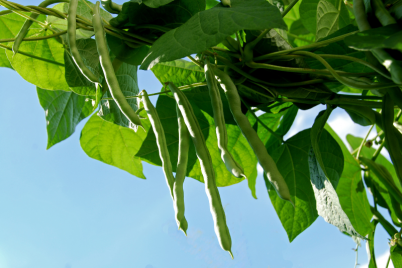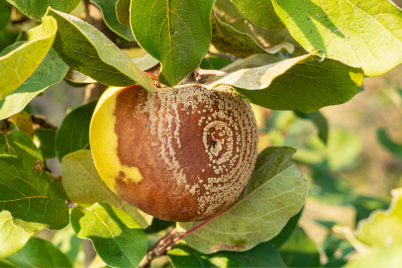BY JOYCE WOODSON, Garden Enthusiast
Fall and winter (and maybe early spring) are the best times of year for gardening in Pinellas County. The temperature is less oppressive, the sun less intense. There are fewer bugs and, therefore, fewer diseases. We even have regular rain through November.
Over the past few months, this blog has prepared new gardeners for the best gardening seasons: September through February. We have covered climate, soil, moisture, nutrients, disease, and bugs. So, what can we grow in the fall/winter? Almost everything!
Tomatoes, peppers, and eggplant are favorites in many home gardens, and they will do well in our fall and mild winter climate. I recommend buying tomatoes, peppers, and eggplant seedlings because each takes several months to produce if started from seed. Nurseries and big box garden centers will have plenty of seedlings ready for fall planting. Tomatoes, peppers, and eggplant will survive through cold January nights a “row cover” is used, but remember to remove the cover each day.
When buying seedlings, there are a few things to consider. Check for bugs: do the leaves appear to have been snacked on? Inspect for disease: are the leaves discolored or dying? Does the seedling generally appear strong and healthy?
Avoid seedlings if roots appear to be jam-packed in the pot. Roots need room to grow. Roots will literally strangle themselves in a packed environment.
Avoid spindly seedlings. These plants have had insufficient light; they are literally reaching for the sun. Spindly, weak stems cannot support continued growth; most spindly seedlings will not survive.
Finally, avoid pots with multiple seedlings if possible. Each seedling will compete with the others for sun, moisture, and nutrients. If all of the seedling pots have multiple sprouts, select the best-looking plant and cut all but the strongest seedling at the soil line. Do not try to separate the roots, or you risk killing all of the seedlings.
When planting seedlings, gently remove the plant from the pot and very gently separate the root mass just a little. This will help roots to spread out as they grow.
Be certain to prepare your garden bed before you plant seedlings. Dig a hole large enough for the seedling and fill it with water. Plant the seedling when the soil all around the hole is wet. Use the sprinkle nozzle setting for watering until the plant is well established. A jet nozzle setting may damage young roots.
Vegetables like green beans, squash and cucumbers grow very easily and quickly from seed. Squash and cucumbers can be planted right now through early September. Sow green beans, bush or pole, from September through March. In Pinellas, green beans can be grown from early fall through April.
In mid-September or early October, sow collard greens, kale, beets and chard seeds. Beets and chard may take as much as two weeks to sprout, but collards and kale sprout quickly. Kale will be ready to cut leaves in about 45 days, while collards won’t be large enough to cut for about two months.
By late October, early November, you can safely plant salad, mustard and turnips greens. These plants prefer a cooler climate and will need to be watched and watered if we have a period of intense heat. They sprout quickly, and the leaves are ready to cut in about four weeks. Turnip roots will require up to 60 days to be ready to pick. Lettuce will do well with afternoon shade until December and will grow in full sun through February. By March, lettuce will require afternoon shade again.
Spinach and radish should not be planted until December. These vegetables need cool nights and mild days, or they will struggle to survive. Both produce quickly, though.
Just like with seedlings, garden beds need to be prepared and watered before planting seeds. If you water after sowing, the seeds may float off with the water flow. As with seedling instructions above, use the sprinkle nozzle setting until plants are larger and well established.
Be sure to keep newly planted seedlings and seeds moist. Remember: young plants’ roots are close to the surface of the ground, where they will dry out quickly from sun and wind.
NOTE: With all leafy vegetables, cutting leaves off instead of cutting the entire plant allows the plant to continue producing new leaves over the whole season.
If you try to start a garden any time after March, you may feel defeated. Spring and summer can be brutal, even for experienced gardeners. Fall and winter are the best seasons for new gardeners.
Happy Gardening!
 Real estate agent Joyce Woodson loves gardening and sharing what she knows. The founder of “Straw Hat Gardening,” she has taught classes on basic organic gardening and provided garden consultations. To reach Joyce, email gardening@joycewoodson.net.
Real estate agent Joyce Woodson loves gardening and sharing what she knows. The founder of “Straw Hat Gardening,” she has taught classes on basic organic gardening and provided garden consultations. To reach Joyce, email gardening@joycewoodson.net.








